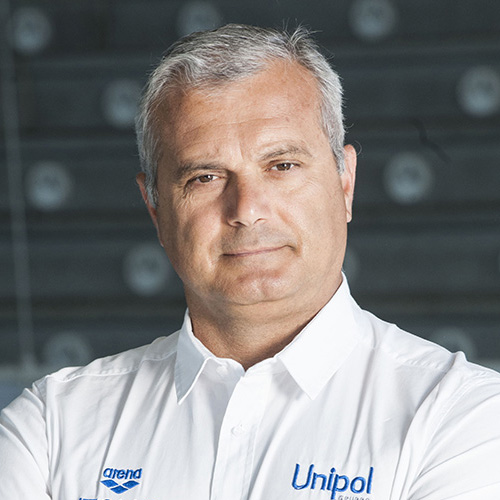 |
Alessandro Campagna (2019) He was born in Palermo, on the beautiful island of Sicily, but he grew up in Syracuse, where he began learning to swim at the age of six. Sandro, as he is affectionately known, was afraid at first, but the more time he spent in the water, the more confident he became, and he soon came to love it. At the same time, he also loved football and trained seriously in both sports. |
|
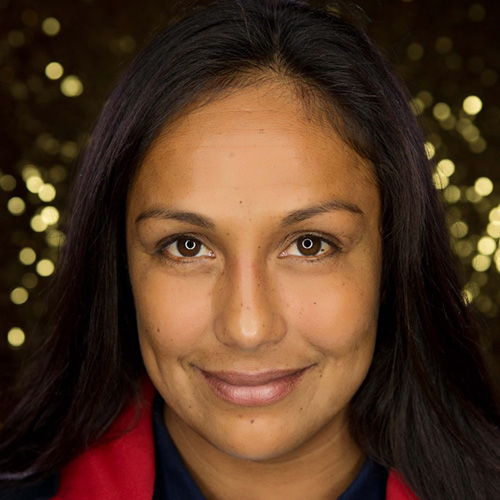 |
Brenda Villa (2018) Brenda was five years old when her parents, immigrants from northern Mexico, took her to the pool so she wouldn’t be afraid of the water like her mother. After two years on the swim team, they reluctantly allowed her to follow her older brother, Edgar into the rough and tumble sport of water polo. This was before the explosion of girls water polo programs and Brenda practiced with and competed mostly against boys. It didn’t take long for her to realize that she was as good, if not better than most of the boys. |
|
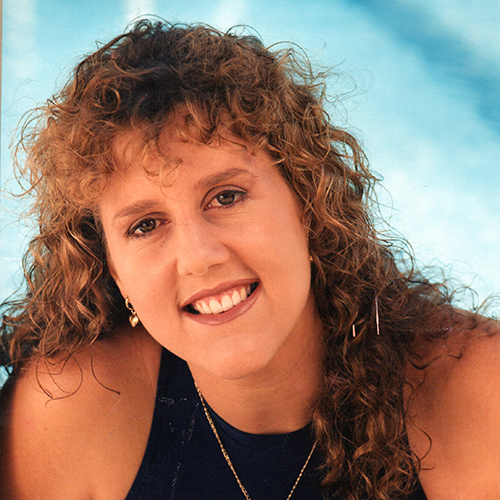 |
Bridgette Gusterson (2017) Growing up in Perth, Western Australia this young lady had a clear and precise goal: She wanted to be an Olympian. The only problem was, she didn’t have a sport. Her first choice was gymnastics but she knew she was going to be too tall. The Bicton pool was just two minutes from her home and her older sister, Danielle, played water polo, so the choice became clear. Even though women’s water polo was not yet on the Olympic program, there were hopes it would be added to the 1984 Olympics in Los Angeles. So she began a career that set the standard for female water polo players around the world. |
|
 |
Andras Bodnar (2017) Hungary is a land of thermal springs and although landlocked, swimming and water sports are ingrained in their culture. This love of water led to an early domination of international swimming and diving competitions in the late 19th and early 20th century. In the 1920s, it was water polo that came to symbolize Hungary’s unique strengths and individuality. |
|
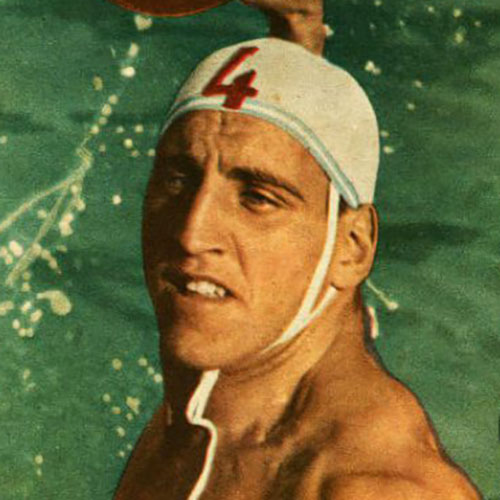 |
Osvaldo Codaro (2017) In the late 1920s, the European continent was in a depression and while communist and fascist factions were fighting for power in Spain, Argentina became an oasis of prosperity and peace, and the preeminent center of Spanish culture and sport. Swimming was particularly popular after Alberto Zorilla won Olympic gold in 1928. This was the condition in Argentina when Osvaldo Horacio Codaro was born on December 9, 1930, in the Avellaneda district of Buenos Aires. |
|
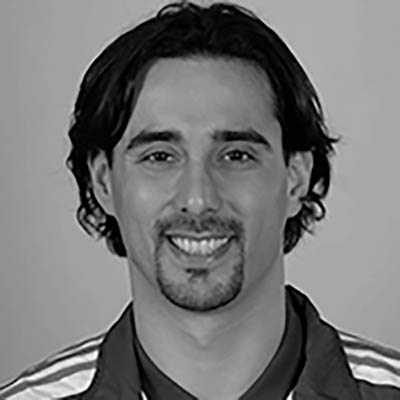 |
Zoltán Szécsi (2016) Hungary is a land of thermal springs and although landlocked, swimming and water sports are ingrained in their culture. This love of water led to an early domination of international swimming and diving competitions in the late 19th and early 20th century. In the 1920s, it was water polo that came to symbolize Hungary’s unique strengths and individuality. From 1928 to 1980, the Hungarian National Water Polo Team dominated the sport like no other nation, reaching the podium at twelve consecutive Olympic Games. During this streak the Hungarians won six gold medals, three silver medals, three bronze medals, and back to back titles twice: 1932 and 1936 and, 1952 and 1956. It came to be that anything less than the gold medal was considered a failure. |
|
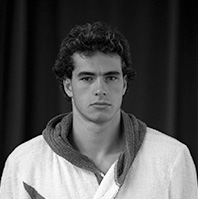 |
Tibor Benedek (2016) Hungary is a land of thermal springs and although landlocked, swimming and water sports are ingrained in their culture. This love of water led to an early domination of international swimming and diving competitions in the late 19th and early 20th century. In the 1920s, it was water polo that came to symbolize Hungary’s unique strengths and individuality. From 1928 to 1980, the Hungarian National Water Polo Team dominated the sport like no other nation, reaching the podium at twelve consecutive Olympic Games. During this streak the Hungarians won six gold medals, three silver medals, three bronze medals, and back to back titles twice: 1932 and 1936 and, 1952 and 1956. It came to be that anything less than the gold medal was considered a failure. |
|